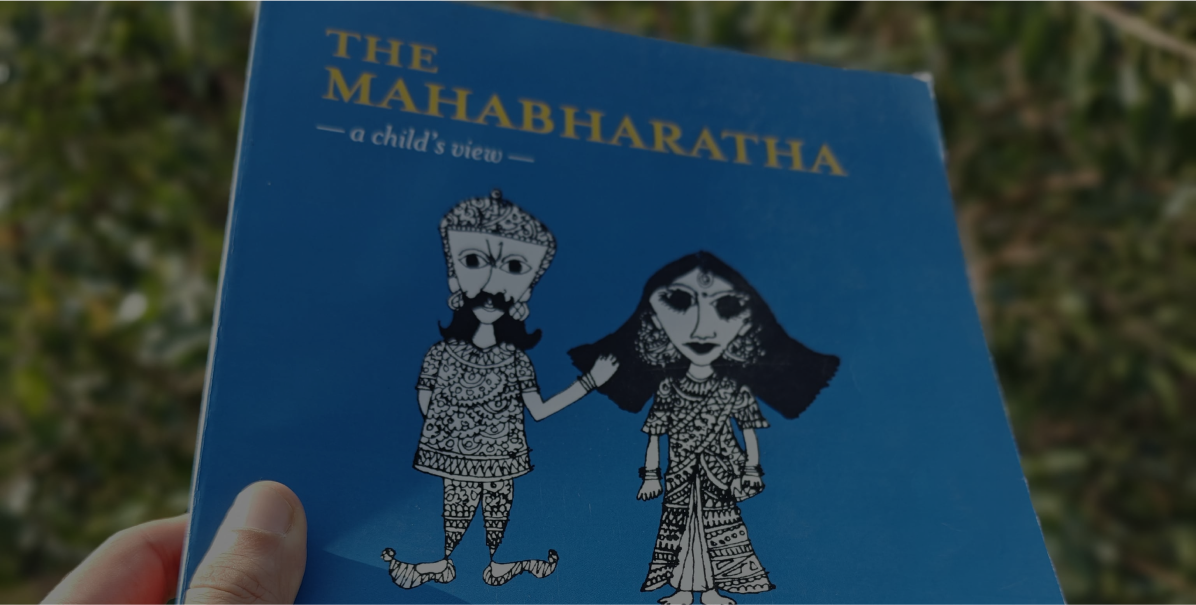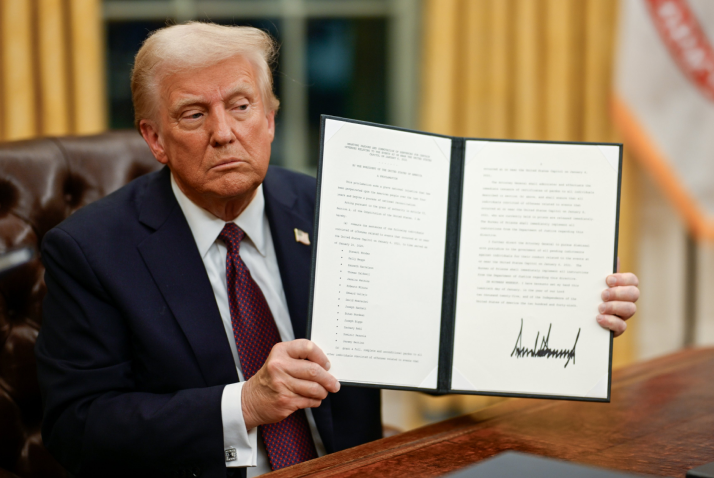The above passage is from the book THE MAHABHARATA - a child’s view, gifted by my sister and brother-in-law to my daughter, for her 8th birthday. I love The Mahabharata, I have read multiple versions and editions, seen the classic Indian TV series, heard stories from my grandmum during bedtime and interestingly even watched Peter Brook’s version of this wonderful long tale.
So when I got my hands on this book, I immediately made a deal with my daughter that I will read this book to her every night, till we get through it together. She seemed to like it, as long as she doesn’t have to read it (more on that later).
What I really liked about the book is that it is a simplistically condensed version of the original epic, which has been written in a way that a child (I recommend 7+) can grasp. It can get confusing in certain places and hard to explain certain “intimate” instances. For those who have read The Mahabharata, there is a section that describes the birth of Satyavati in great detail (if you know what I am talking about). One needs to really manoeuvre carefully here because the child will ask very specific questions.
The Mahabharata has a LOT of characters and it becomes difficult to keep a tab on all of them, especially for an 8 year old. But the stories are so intriguing that she kept asking who was who and trying her best to connect. She would keep exclaiming “How is that possible?” to things like “next birth”, snake kingdom underwater, choosing your own time of death and other magical and fantastical incidents.
But the incident I enjoyed the most while reading was how inquisitive my daughter was with regards to names, places, situations, new words and she kept asking me questions, back-to-back. One such interesting question she asked me was, during the part about the birth of the Pandavas and Kauravas.
She promptly commands me to stop reading and with a look of irritation, point blank asks me “Why are there so many sons?” My brain stopped braining for a few seconds. She wasn’t done, she quickly followed it up with “Where are the daughters?” I meekly replied, “Well there is Dussala, the only daughter in the Kaurava family. “That’s it? One daughter out of a 100 sons? That’s…” She couldn’t complete the sentence and had an inexplicable look on her face.
I tried my best to reason with her that it’s the way the story was told and all the main characters just happened to be “men”. To which she replied “If I write a story, all the heroes will be women”. And I was like “absolutely look at your mom and dadi, they are heroes”. She agreed with much aplomb but seemed irritated that I didn’t mention her name.
But that’s the beauty of The Mahabharata, especially this version because my daughter was understanding how the story was unfolding and it urged her to ask cert pertinent questions, and I was very proud of it, that is what well written texts can do to young and impressionable young people, compel them to ask questions.
I highly recommend this version of The Mahabharata, especially if you are reading it to your kids. Just make sure at least one parent is sitting with them to explain when tricky parts show up.



